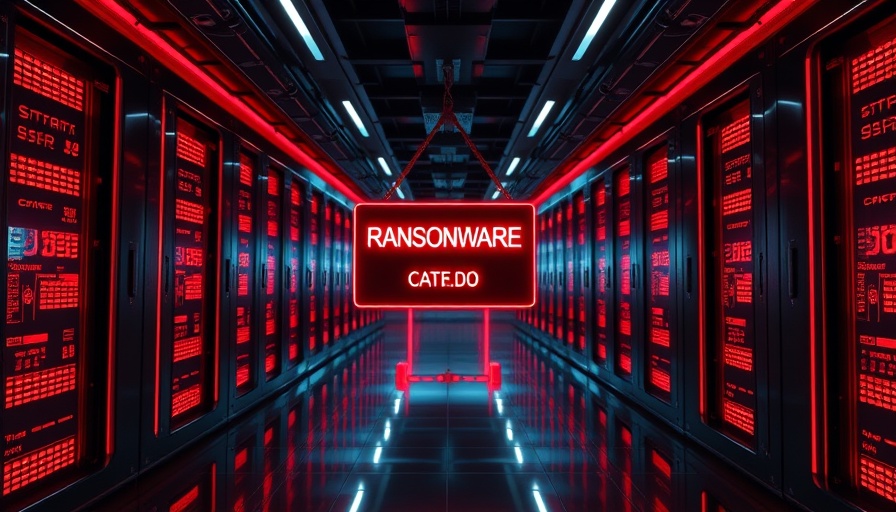
The Rising Cost of Ransomware: What You Need to Know
In a digital age, where cybersecurity threats loom larger than ever, businesses are facing a new reality. The average ransom payments have doubled, now exceeding one million dollars—a staggering figure that highlights the growing risks associated with ransomware attacks. As technology evolves, so too do the tactics of cybercriminals, making it crucial for individuals and organizations to understand the implications of these rising costs.
Understanding Ransomware
Ransomware is a form of malicious software that encrypts data, making it inaccessible until a ransom is paid. This type of cyberattack can affect anyone, from small businesses to large corporations, and even individuals. The escalation in average payment required to regain access to essential data raises questions about not only financial impact but also how it influences the broader landscape of cybersecurity.
The Impact of Increased Ransom Payments on Businesses
When a business falls victim to ransomware, the financial repercussions can be severe. Companies may hesitate to pay hefty ransoms in the hopes of recovering their data; however, many face impossible choices; operations can grind to a halt without immediate access to critical files. This difficult decision often leads businesses to weigh immediate financial loss against long-term operational impact—a daunting task.
Why Ransomware Attacks Are on the Rise
Several factors contribute to the increase in ransomware attacks and subsequent payment demands. The surge in remote work during the pandemic opened new vulnerabilities as businesses hurried to adapt to digital platforms. Cybercriminals capitalized on these gaps, and as companies have adapted to online operations, they have also inadvertently exposed themselves to greater cyber risks.
Protecting Yourself and Your Business
As the threat landscape grows, it is essential to take proactive measures to safeguard against ransomware. Here are practical steps you can take:
- Regular Backups: Maintain updated backups of your critical data and ensure they are stored offline to minimize the risk of encryption.
- Educate Employees: Foster a culture of cybersecurity awareness among employees to recognize suspicious activities that could lead to attacks.
- Use Advanced Security Software: Invest in reputable software that provides real-time protection against various cybersecurity threats.
- Develop an Incident Response Plan: Create a clear plan that outlines the steps to take in case of a ransomware attack to mitigate the impact.
Future Predictions: Is There a Light at the End of the Tunnel?
Many experts predict the trend of increasing ransom payments will continue as cybercriminals become bolder and more sophisticated. This shift not only poses risks to businesses but also to individual consumers who could find their personal data targeted. As companies look towards the future, it will be vital to stay informed about emerging cybersecurity technologies and adapt continuously to counter these threats.
The Bigger Picture: Ransomware's Social Implications
The rise in ransomware payments also reflects broader social concerns. These attacks are not just inconveniences; they can affect crucial services such as healthcare, education, and critical infrastructure. Therefore, it's vital to consider the communal responsibility to foster safer digital environments.
In conclusion, the alarming trend of rising ransomware payment demands underscores the importance of understanding and implementing effective cybersecurity practices. By prioritizing robust preventive measures, companies and individuals can work towards minimizing their risks in this evolving digital landscape.
 Rij toevoegen
Rij toevoegen






Write A Comment